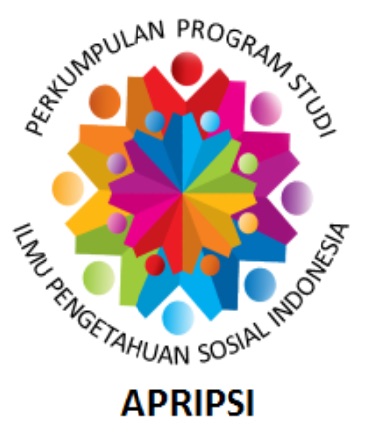Perbedaan Hasil Belajar Melalui Penerapan Model Pembelajaran Kooperatif Tipe Project Based Learning Dan Example Non Example Pada Pelajaran Geografi Di SMA Negeri 9 Palu
Keywords:
Online, learning, environmental, education, modelsAbstract
The purpose of this research is to determine the differences in learning outcomes through the implementation of the Cooperative Learning Model of Project-Based Learning type and Example Non-Example in Geography subject in grade X at SMA Negeri 9 Palu. This research used a non-randomized pretest-posttest control group design. The population was all students in grade X consisting of five classes with a total of 107 students. The sample consisted of two classes which are class X MIA 3 as an experimental class totaling to 21 students and class X MIA 1 as a control class totaling to 21 students. The sampling technique used purposive sampling. Hypothesis testing in this research there are differences in learning outcomes through the implementation of Project Based Learning model and Example Non Example, to determine the hypothesis used the Mann-Whitney U-Test analysis the results show a value of Zcounted < Ztable (-1.879 < -1.96) with a significance level of 0.05. These results can be concluded that the hypothesis proposed rejects Ha, there is no difference in learning outcomes through the implementation of the Cooperative learning model of Project Based Learning and Example Non-Example.
Downloads
Published
How to Cite
Issue
Section
License
Copyright (c) 2021 Jurpis: Jurnal Pendidikan Ilmu Sosial

This work is licensed under a Creative Commons Attribution-ShareAlike 4.0 International License.
 This work is licensed under a Creative Commons Attribution-ShareAlike 4.0 International License.
This work is licensed under a Creative Commons Attribution-ShareAlike 4.0 International License.



